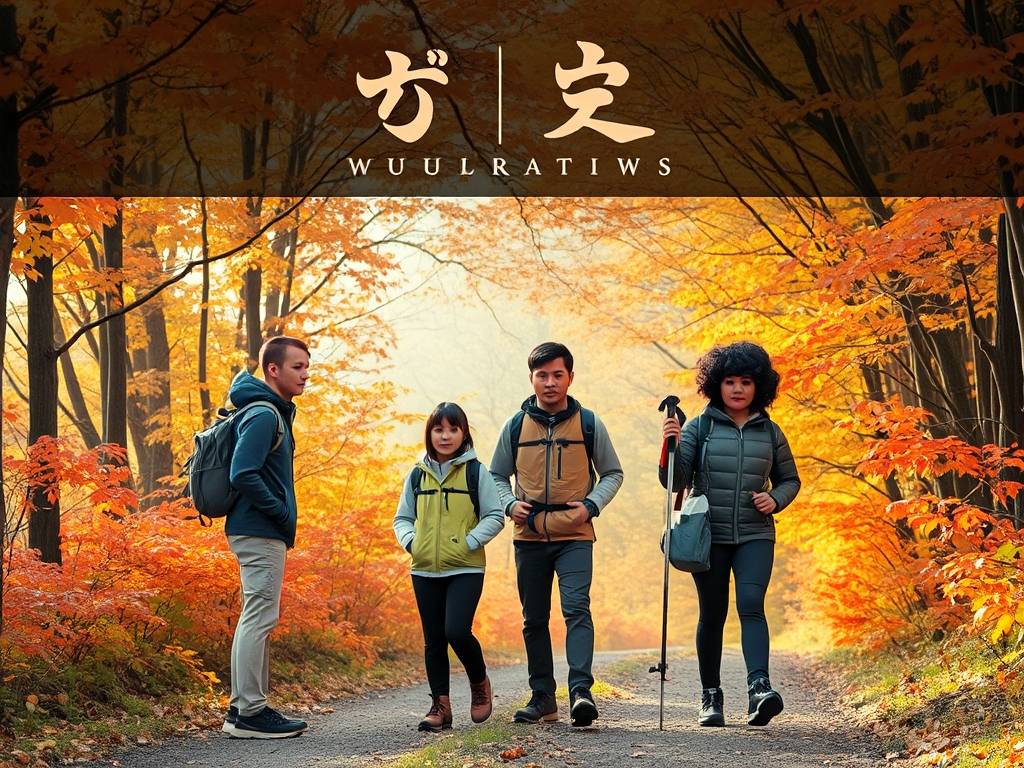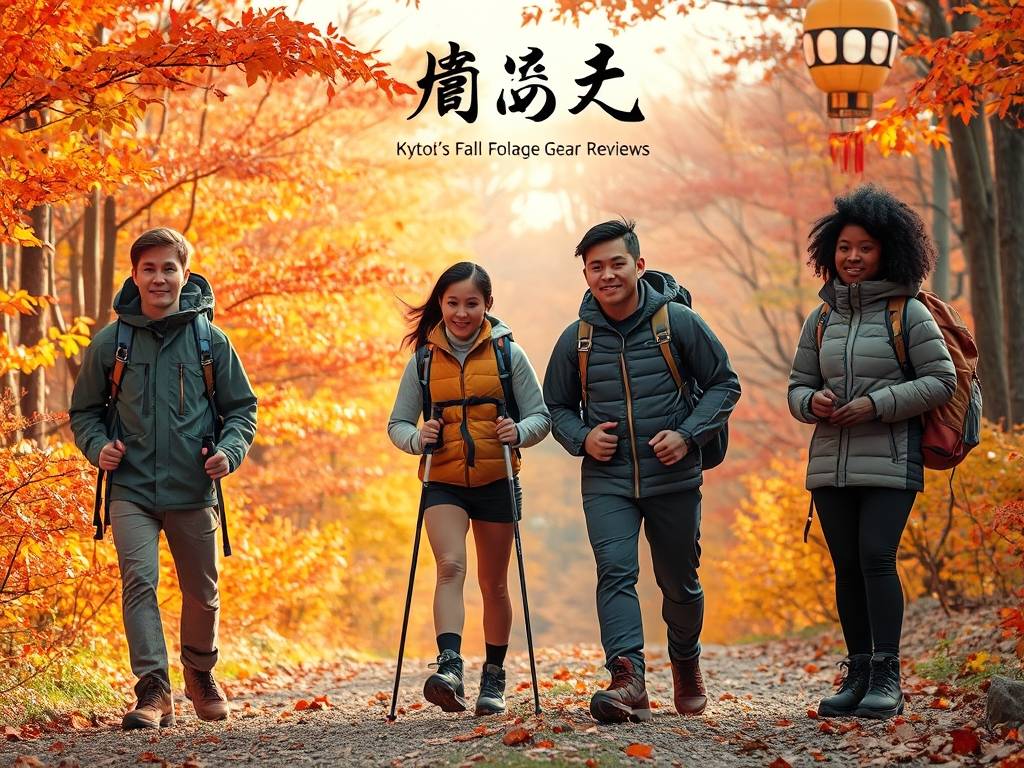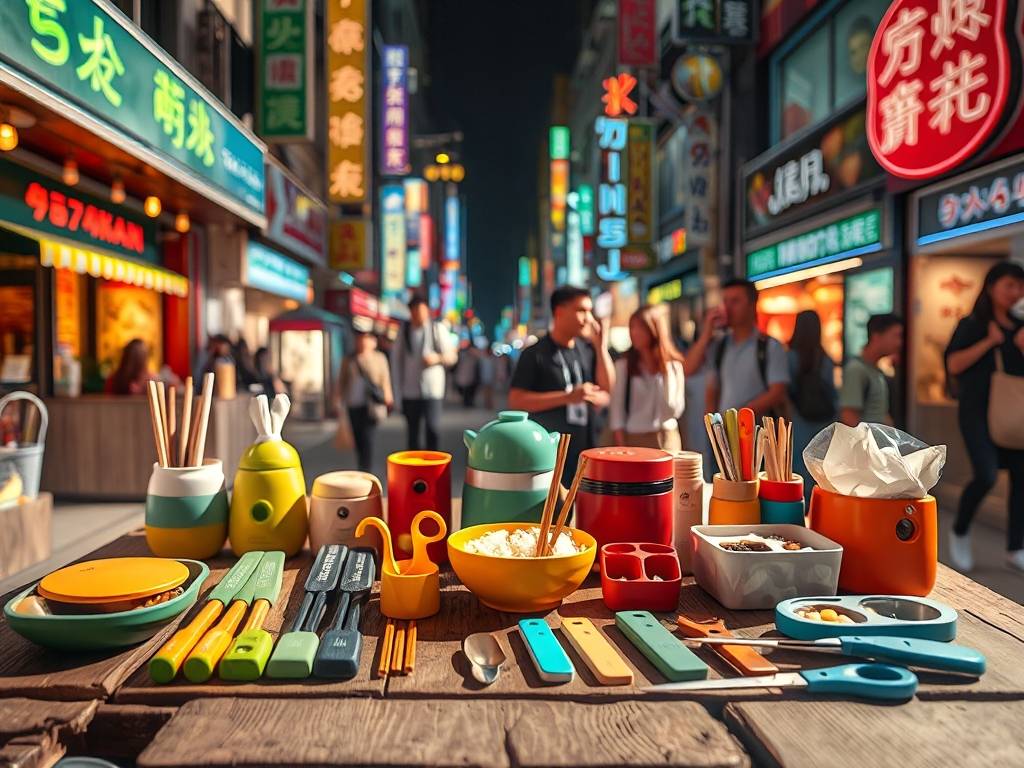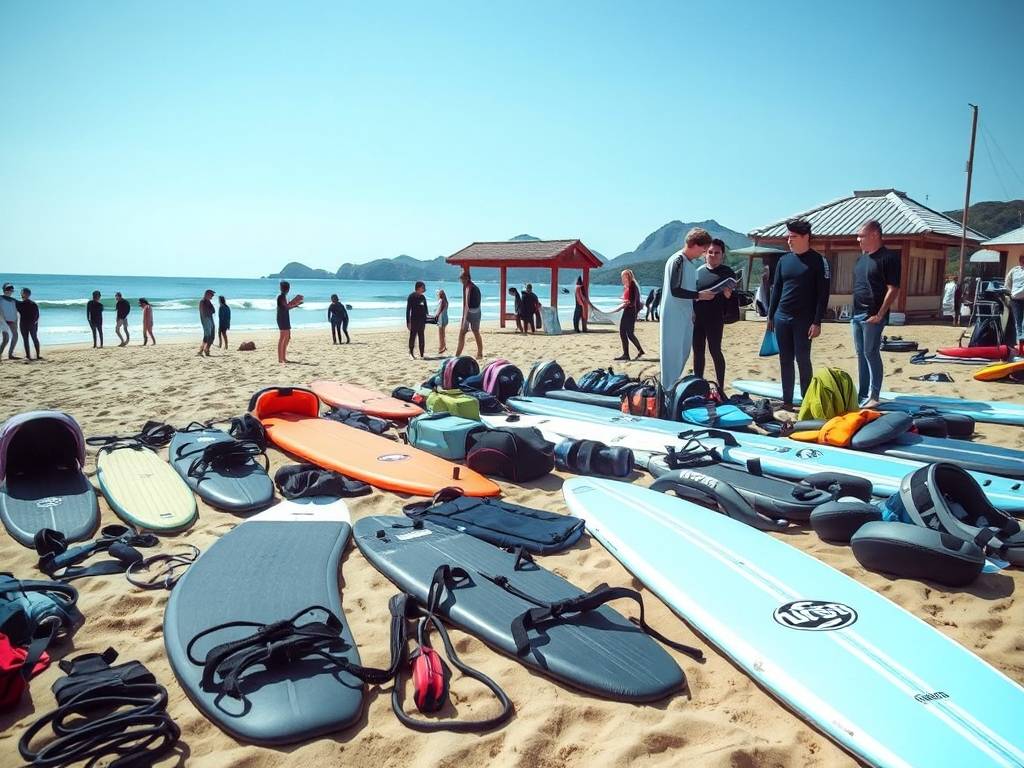Japan Travel
Kyoto’s Fall Foliage Gear Reviews: Read About Hiking Equipment
Kyoto’s Fall Foliage Gear Reviews: Your Ultimate Guide to Hiking Equipment
As autumn sweeps across Kyoto, the city transforms into a breathtaking canvas of fiery reds, brilliant oranges, and golden yellows. The ancient temples and winding mountain trails become framed by a spectacular display of color, drawing hikers from around the world. But to truly enjoy Kyoto’s fall foliage season, having the right hiking gear is not just a suggestion—it’s a necessity. The weather can be unpredictable, the trails range from gentle paths to challenging climbs, and the difference between a magical experience and a miserable one often comes down to your equipment.
This comprehensive gear review is designed to be your one-stop resource. We’ll walk you through the essential hiking gear for Kyoto’s autumn, from footwear to navigation, ensuring you’re fully prepared to immerse yourself in the beauty of Arashiyama’s bamboo groves, the Philosopher’s Path, and the hidden trails of Mount Hiei. Let’s dive into the equipment that will make your leaf-peeping adventure unforgettable.

Footwear: The Foundation of Your Autumn Hike
Your journey begins from the ground up. The trails in Kyoto during fall can be slippery with damp leaves and occasionally wet from passing showers. A misstep on a moss-covered stone step near Kiyomizu-dera is a real possibility.
-
Sturdy Waterproof Hiking Shoes or Boots: For most of Kyoto’s foliage trails, a pair of mid-cut waterproof hiking shoes offers the perfect balance of ankle support and flexibility. Brands like Merrell Moab 2 Waterproof or Salomon X Ultra 3 GTX are excellent choices. They provide superior traction on varied terrain and keep your feet dry from morning dew and puddles. The key longtail keyword here is best hiking shoes for Kyoto’s slippery autumn trails—and these types of shoes are precisely the answer.
-
Trail Runners: If you’re sticking to the less strenuous, well-maintained paths like the Tetsugaku-no-michi (Philosopher's Path), a grippy pair of trail-running shoes could suffice. They are lighter and dry faster. However, for any serious mountain hiking, the added support of a boot is highly recommended.
-
Insoles and Socks: Don’t underestimate the power of good socks. Moisture-wicking wool or synthetic blends, like those from Smartwool or Darn Tough, prevent blisters. Consider aftermarket insoles for extra arch support, especially if you plan on long days of exploration.
Apparel: Mastering the Art of Layering
Kyoto’s fall weather is famously variable. A crisp, sunny morning can quickly turn into a chilly, windy afternoon, especially at higher elevations. The solution is a versatile layering system.
-
Base Layer: This is your second skin. A lightweight merino wool or synthetic top will wick sweat away from your body, keeping you dry and warm. Avoid cotton, as it retains moisture and will make you cold once you stop moving.
-
Insulating Mid-Layer: A fleece jacket or a lightweight puffy jacket is perfect for this role. It traps body heat and can be easily stuffed into your pack when the sun comes out. This is crucial for when you’re waiting for that perfect sunset shot over Kinkaku-ji, the Golden Pavilion, as temperatures drop.
-
Outer Shell Layer: A waterproof and windproof jacket is non-negotiable. Look for a packable, breathable model from brands like The North Face or Arc’teryx. A sudden autumn shower should be a minor inconvenience, not a trip-ender. Your essential waterproof jacket for Kyoto’s unpredictable fall weather will be your best friend.
-
Bottoms: Convertible hiking pants are a fantastic option for Kyoto. You can start the day with full-length protection against the cool air and convert to shorts if the afternoon warms up during a hike through Fushimi Inari’s thousands of torii gates.
The Daypack: Your Mobile Command Center
You don’t need a massive expedition pack for a day hike, but a well-organized 20-30 liter daypack is essential for carrying your layers, water, and snacks.
-
Features to Look For: Prioritize comfort with padded shoulder straps and a ventilated back panel. Multiple compartments help with organization. A dedicated hydration sleeve for a water reservoir is a huge plus, allowing you to drink on the go without stopping to unpack a bottle. When searching for the most comfortable daypack for long Kyoto foliage viewing walks, look for these specific features.
-
Capacity and Fit: Ensure the pack fits your torso length. A poorly fitted pack can lead to shoulder and back pain, ruining the serenity of a walk through the serene Rurikoin Temple garden.
Navigation and Safety: Beyond the Smartphone
While Google Maps is helpful in the city, trailheads and mountain paths can have spotty service. Being prepared with analog and digital backups is a key part of planning a safe autumn hike in Kyoto’s mountains.
-
Physical Map and Compass: Always carry a physical trail map, often available at visitor centers or your accommodation. Knowing how to orient yourself with a basic compass is a fundamental skill.
-
Power Bank: Your smartphone is your camera, map, and communication device. A high-capacity power bank ensures it stays charged throughout the day.
-
Headlamp: Autumn days are shorter. A small, lightweight headlamp is vital safety gear if your hike takes longer than expected and you find yourself descending in the dusk.
Nutrition and Hydration: Fuel for Your Adventure
Staying energized and hydrated is key to maintaining your stamina and enjoyment.
-
Water Reservoir or Bottles: Aim to carry at least 1.5 to 2 liters of water. A hydration bladder in your daypack makes frequent sipping effortless.
-
High-Energy Snacks: Pack a mix of complex carbohydrates and proteins. Trail mix, energy bars, fruit, and onigiri (rice balls) from a local konbini (convenience store) are perfect for a quick, culturally immersive boost.
Accessories: The Small Details That Make a Big Difference
These often-overlooked items can dramatically improve your comfort.
-
Trekking Poles: Especially useful for the steep, uneven stone steps found on trails like the path behind Fushimi Inari. They reduce impact on your knees on descents and provide extra stability on slippery surfaces. They are a top recommendation for must-have hiking accessories for Kyoto’s temple trails.
-
First-Aid Kit: A small, personal kit with blister treatment, band-aids, antiseptic wipes, and pain relievers is a simple and smart precaution.
-
Multifunctional Tools & Extra Layers: A small multi-tool can be handy for quick fixes. Always pack an extra warm layer, like a beanie and gloves, for higher elevations where it can be significantly colder.
Conclusion: Prepare for Perfection
Kyoto in the fall is a sensory feast, and being properly equipped allows you to fully surrender to the experience. By investing in and testing the right gear—reliable footwear, a smart layering system, a comfortable pack, and essential safety items—you transform your hike from a simple walk into a profound journey. You’ll be free to focus on the rustle of leaves underfoot, the scent of cedar and damp earth, and the awe-inspiring vistas of crimson maples against ancient architecture. So pack thoughtfully, respect the trails, and get ready to create memories that will last a lifetime amidst the unforgettable autumn colors of Kyoto.

相关文章
- Kyoto’s Traditional Shopping Gear Reviews: Read About Shopper Tools
- Japan’s Budget Accommodation Gear Reviews: Read About Travel Equipment
- Tokyo’s Transportation Gear Reviews: Read About Commuter Tools
- Japan’s Mountain Star Gazing Gear Reviews: Read About Telescope Tools
- Japan’s Traditional Tea Ceremony Gear Reviews: Read About Tea Tools
- Japan’s Summer Surf Gear Reviews: Read About Beach Equipment
- Japan’s Budget Dining Gear Reviews: Read About Food Tools
- Tokyo’s Science Museum Gear Reviews: Read About Exhibit Tools
- Japan’s Island Family Beach Gear Reviews: Read About Kid Equipment
- Japan’s Winter New Year’s Gear Reviews: Read About Celebration Tools
发表评论
评论列表
- 这篇文章还没有收到评论,赶紧来抢沙发吧~


